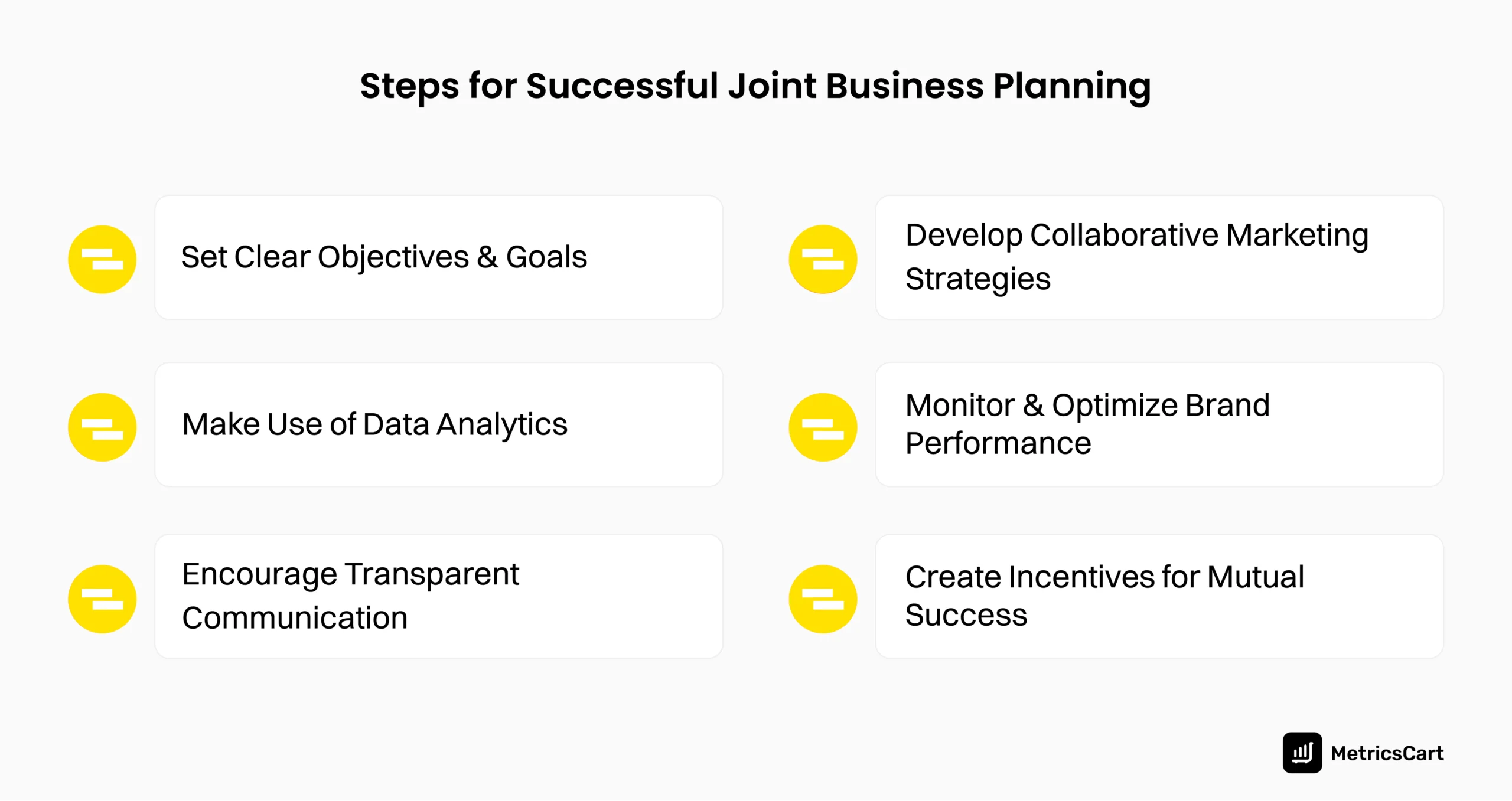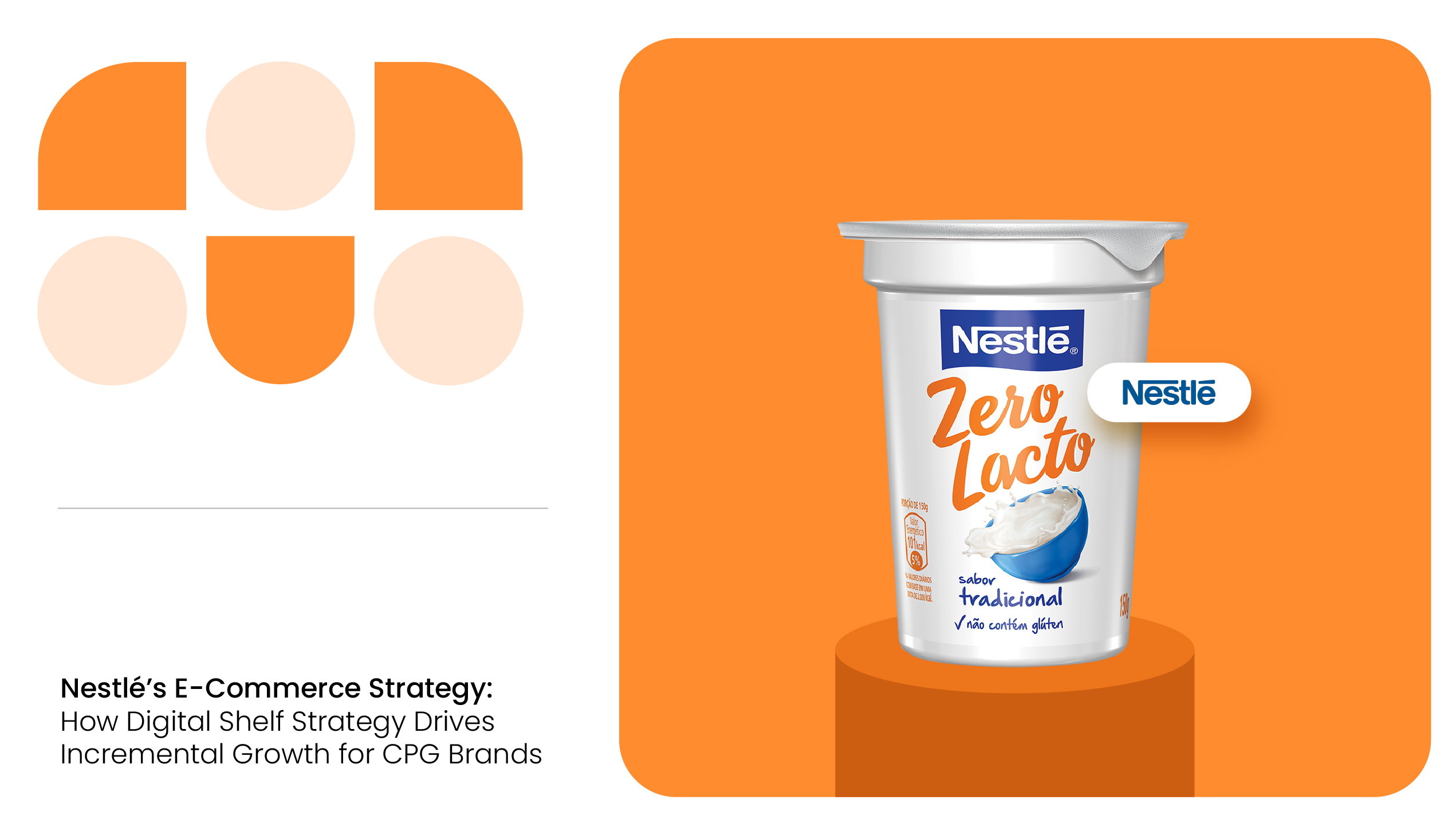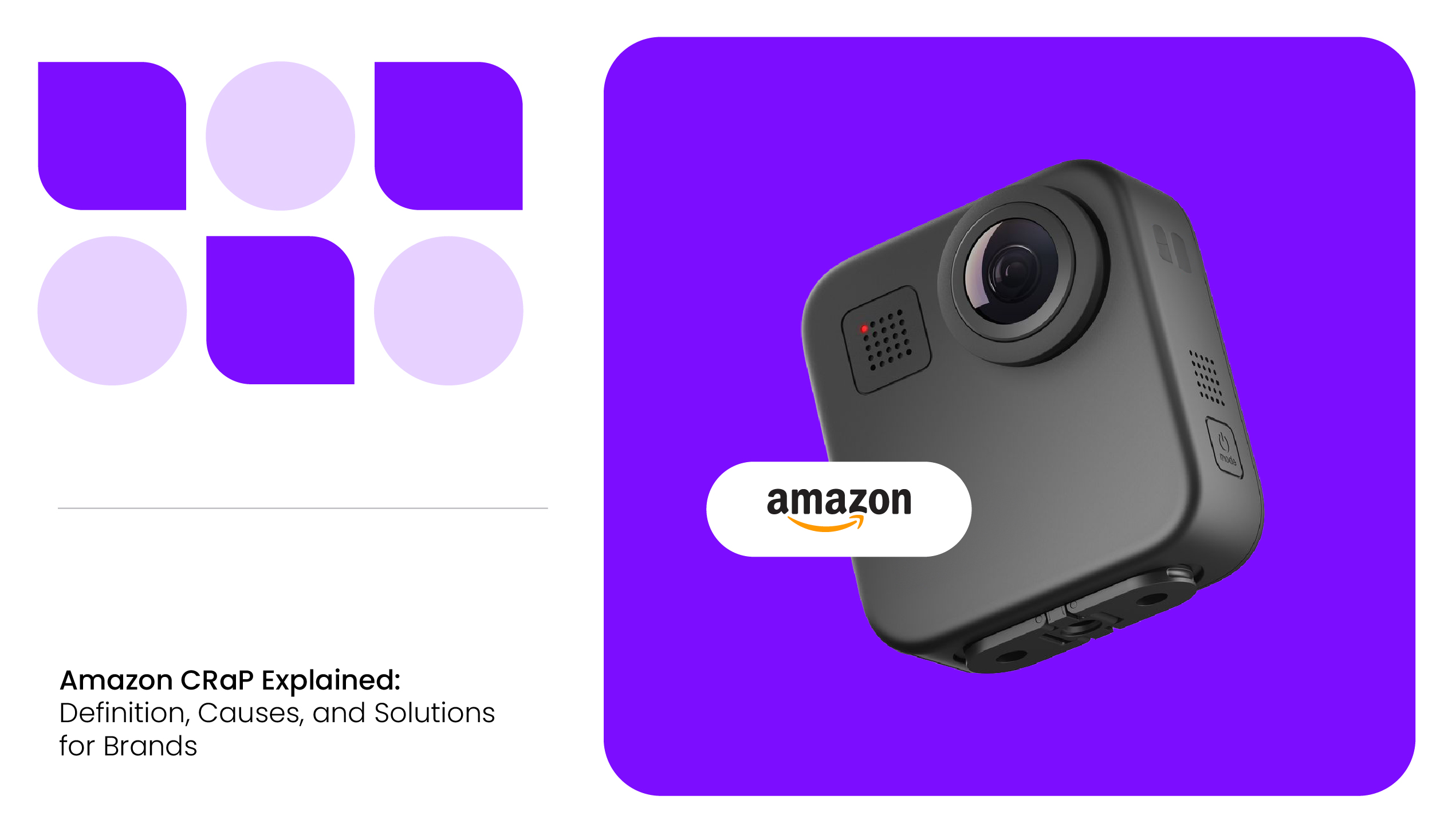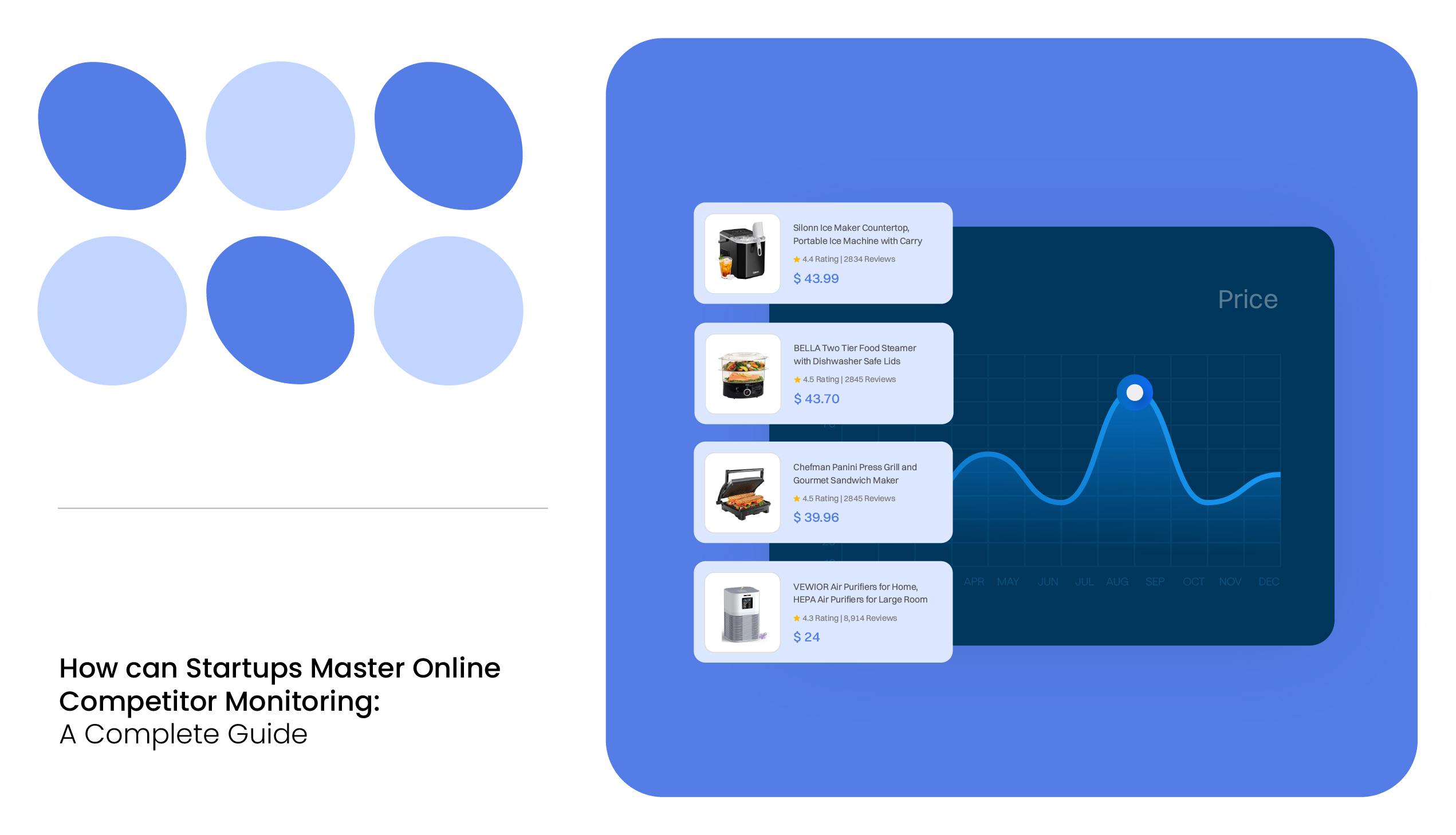The competitive environment of e-commerce has made it essential for brands and retailers to adopt innovative strategies to sustain growth and build long-term partnerships. Today’s online marketplace demands a shift from traditional transactional relationships to more collaborative approaches that foster mutual success.
One such strategic approach is Joint Business Planning (JBP), a model that enables both brands and retailers to align their goals, share resources, and achieve long-term objectives.
If you are a brand manager, sales manager, online retailer, or small business owner, understanding the basics of Joint Business Planning can be crucial in unlocking growth opportunities and enhancing operational efficiency.
Making use of effective digital shelf analytics software can also help brands and retailers create a conducive environment for Joint Business Planning.
What is Joint Business Planning?
Joint Business Planning (JBP) is a structured and collaborative process where brands and retailers work together to align their business objectives and strategies to drive mutual growth.
Unlike traditional business negotiations, which focus solely on short-term sales targets, JBP takes a holistic approach that emphasizes long-term success by assessing data-driven insights, mutual accountability, and strategic alignment.
Some of the core aspects of Joint Business Planning are:
- Establish shared short-term and long-term objectives with clear KPIs.
- Use analytics to optimize products, pricing, and promotions.
- Coordinate marketing, product launches, and supply chain operations.
- Regularly track progress and refine strategies.
- Enhance the customer experience through joint planning and execution.
At its core, JBP aims to create a partnership in which both parties share the vision, resources, and responsibilities needed to achieve common goals. This approach streamlines communication, fosters trust, and encourages a proactive mindset to address challenges collaboratively.
READ MORE | Want to increase your e-commerce sales? Check out our blog on How to Increase E-Commerce Sales?
Benefits of Joint Business Planning in E-Commerce
Implementing a well-structured Joint Business Plan offers a range of benefits for both brands and retailers, leading to improved collaboration, financial performance, and customer satisfaction.
Strengthened Brand-Retailer Collaboration
A well-executed JBP strengthens the collaboration between brands and retailers by fostering mutual understanding and transparency. By aligning their marketing and sales strategies, both parties can work toward shared objectives more effectively.
This collaboration results in better communication, improved relationships, and a more coordinated approach to achieving business goals.
Data-Driven Strategy Development
Brands and retailers can benefit by avoiding common e-commerce mistakes and using market data to develop their strategies. Analyzing sales trends, consumer behavior, and market insights allows businesses to make informed decisions about product offerings, e-commerce pricing strategies, and promotional activities.
By making use of this data, brands can ensure their products are positioned optimally in the market, while retailers can maximize their revenue potential.
Improved Financial Performance
Joint Business Planning contributes to better financial performance by enhancing revenue growth through strategic promotional pricing and product bundle pricing. It also helps reduce costs by optimizing supply chain operations, ensuring that products are available when and where customers need them.
Furthermore, by minimizing stockouts and excess inventory, businesses can increase profitability and reduce waste.
Enhanced Customer Experience
Customers benefit from JBP through improved product availability, personalized marketing efforts, and seamless shopping experiences. By working together, brands and retailers can ensure that customers receive consistent messaging, timely promotions, and the right products at the right time, leading to higher satisfaction and increased loyalty.
Competitive Advantage
Through strategic brand and retail partnerships, you can gain a competitive edge by launching exclusive products, offering tailored promotions, and responding quickly to market changes.
This proactive approach helps businesses stay ahead of their competitors and capitalize on emerging opportunities in the e-commerce landscape.

Steps for a Joint Business Plan To Be Successful
For Joint Business Planning to be effective, it requires meticulous planning, seamless execution, and ongoing evaluation. Businesses must follow a structured approach to maximize the benefits of their collaborative efforts.

Set Clear Objectives and Goals
The first step in ensuring a successful JBP is to establish well-defined objectives and goals that align with both the brand’s and retailer’s strategic priorities. By setting clear expectations regarding revenue targets, market expansion, and brand positioning, both parties can work toward common goals with greater focus and accountability.
Use Data Analytics
Utilizing digital shelf analytics is crucial for tracking key performance metrics such as sales trends, consumer demand, and inventory turnover. Brands and retailers must invest in advanced AI-powered tools that can provide actionable insights, allowing them to optimize their operations and marketing strategies based on real-time data.
Foster Open Communication
Open and transparent communication is essential for the success of JBP. Regular meetings should be scheduled to discuss progress, address potential challenges, and explore new opportunities. Encouraging a culture of openness helps in proactively resolving issues and strengthening the partnership.
Develop Joint Marketing Strategies
To achieve maximum impact, brands and retailers should collaborate on marketing efforts such as social media campaigns, influencer partnerships, and targeted advertising. Aligning promotional strategies ensures that the brand message is consistent across all channels, leading to better customer engagement and increased sales.
Monitor and Optimize Performance
Continuous monitoring and performance evaluation are crucial to the success of JBP. Conducting quarterly business reviews allows brands and retailers to assess their progress, identify gaps, and fine-tune their strategies accordingly. By staying agile and responsive to market changes, businesses can maintain a competitive edge.
Align Incentives for Mutual Success
Aligning incentives ensures that both brands and retailers are equally motivated to achieve common goals. Structuring incentive programs, such as revenue-sharing models or performance-based rewards, encourages a collaborative approach and enhances overall commitment to the partnership.
READ MORE | What are the latest digital shelf trends to look out for? Check out our blog on the Top 10 Trends Shaping the Future of Digital Shelf Analytics.
Conclusion
Joint Business Planning is revolutionizing the way brands and retailers collaborate in the e-commerce industry by fostering partnerships that drive mutual growth and long-term success.
By embracing digital shelf analytics solutions like MetricsCart and focusing on shared objectives, businesses can create a structured plan that aims at healthy collaboration, improves financial performance, and delivers an exceptional customer experience.
As the e-commerce landscape continues to evolve, the future of JBP will be heavily influenced by advanced data analytics, enabling brands and retailers to make more informed decisions and create personalized experiences for consumers.
Ready To Take Your Brand Performance to the Next Level?
FAQs
JBP fosters stronger brand-retailer collaboration, improves financial performance, and enhances customer experience. It helps both parties achieve shared goals by leveraging data insights, optimizing marketing efforts, and creating seamless shopping experiences.
Data analytics provides valuable insights into consumer behavior, sales trends, and market dynamics. These insights help brands and retailers optimize product assortments, pricing, and promotions, enabling informed decision-making for better outcomes.
JBP enhances customer experience by ensuring product availability, personalized marketing efforts, and seamless shopping experiences. This leads to higher satisfaction, loyalty, and engagement among shoppers.
Common mistakes include unclear goal setting, lack of data-driven decision-making, insufficient communication, and failure to align incentives. Neglecting regular performance reviews and failing to optimize supply chain operations can also hinder JBP success.
Small businesses can adopt JBP by collaborating closely with retail partnerships, leveraging affordable data analytics tools, and focusing on shared goals. Emphasizing communication and optimizing joint marketing strategies are key for small businesses to succeed.







